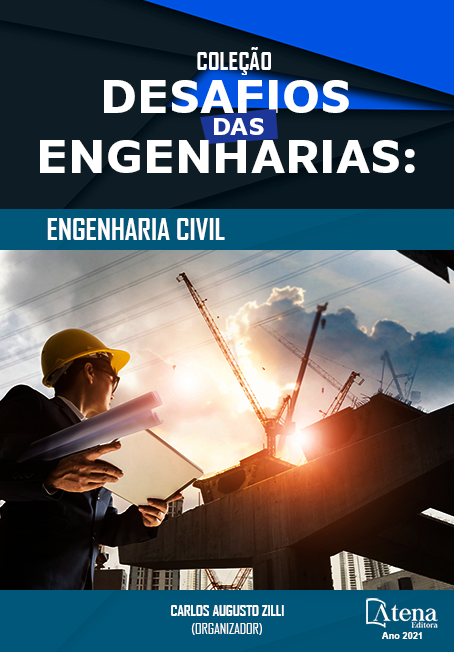
Análise comparativa de mitigação utilizando os cimentos CPII – F 32, CPII E-40, CPIV e CPV com metacaulim em agregados potencialmente reativos
Com relação à avaliação da mitigação da reação álcali-agregado pelo método acelerado ABNT NBR 15577-5, a parte 1 da norma estabelece que a comprovação da mitigação da reação é obtida quando a expansão for menor que 0,19% aos 30 dias (28 dias de cura em solução alcalina). Este trabalho tem como objetivo realizar o estudo comparativo de determinação da mitigação da expansão da reação-álcali agregado em barras de argamassa pelo método acelerado além da análise petrográfica do agregado utilizado, onde foram utilizados um mesmo agregado potencialmente reativo da região onde será instalada a obra e quatro tipos de aglomerante cimentício CP II F 32,CPII E 40, CP IV e CPV e metacaulim. A análise petrográfica realizada confirmou a reatividade do agregado. O melhor desempenho entre os cimentos estudados foi o do CPIV-RS tem como justificativa seu teor de até 50% de adição de material pozolânico, que promove reações capazes de inibir a RAA no cimento Portland. Desta forma, conclui-se que, além do equivalente alcalino, a presença de adições também tem uma grande influência na reação álcali-agregado no cimento Portland.
Análise comparativa de mitigação utilizando os cimentos CPII – F 32, CPII E-40, CPIV e CPV com metacaulim em agregados potencialmente reativos
-
DOI: https://doi.org/10.22533/at.ed.02321140713
-
Palavras-chave: RAA. Patologia. Concreto. Adições minerais. Agregado reativo.
-
Keywords: AAR,PathologAAR,Concrete. Mineral additions. Reactive aggregate.
-
Abstract:
Regarding the assessment of mitigation of the alkali-aggregate reaction by the accelerated ABNT NBR 15577-5 method, part 1 of the standard establishes that proof of mitigation of the reaction is obtained when the expansion is less than 0.19% at 30 days (28 days of cure in alkaline solution). This work aims to carry out a comparative study to determine the mitigation of the expansion of the alkali reaction aggregated in mortar bars by the accelerated method in addition to the petrographic analysis of the aggregate used, where the same potentially reactive aggregate was used in the region where the work will be installed and four types of cement binder CP II F 32, CPII E 40, CP IV and CPV and metakaolin. The petrographic analysis carried out confirmed the reactivity of the aggregate. The best performance among the studied cements was that of CPIV-RS, justified by its content of up to 50% of addition of pozzolanic material, which promotes reactions capable of inhibiting RAA in Portland cement. Thus, it is concluded that, in addition to the alkaline equivalent, the presence of additions also has a great influence on the alkali-aggregate reaction in Portland cement.
-
Número de páginas: 15
- Cristiane Carine dos Santos
- Ana Paula Maran
- Silvane Santos da Silva
- Regis Luís Wagner Mallman
- Marina Munaretto Copetti


